Why It's So Hard For Victims Of Extreme Abuse To Leave
When police entered the home of David and Louise Turpin in Perris, California, they encountered 12 siblings who were being held in filthy, dark conditions ― some chained to furniture. The youngest was only 2 years old, and officials said they were shocked that seven of the emaciated victims turned out to be adults, ages 18 to 29.
The 13th child, a 17-year-old who police said looked to be about 10, had jumped out of a window to call police to the home.
As more details begin to surface about the torture and confinement the children endured, as well as the seemingly normal and fun vacations and outings they participated in as a family, a familiar question is emerging about the victims, especially the adult children: Why didn’t they just leave?
The parents, who have both been charged, are accused of torturing their children with physical restraints, beatings and strangulations. But the psychological control the parents had over their children must have been immense to keep anyone from speaking out or escaping earlier, child trauma experts say.
What’s more, it’s typical in domestic violence situations for some of the stronger victims to put off leaving for fear of what might happen to the smaller children left behind, explained Chandra Ghosh, who is associate director of the Child Trauma Research Program at the University of California, San Francisco.
“When we think about legal adults not walking away from [abusive] situations, what we know is that many women live in that situation and don’t walk away, sometimes to protect their children,” Ghosh said. “We don’t know what [the Turpin children] were told in terms of harm to possible younger siblings ... but the idea is that you have the possibility of walking away, but the smaller children do not.”
Compounding the childrens’ vulnerability is the general erosion of community support in the U.S., Ghosh said.
Every minute that passes in the U.S., an average of 20 people are the victims of intimate partner violence, while an estimated one in four children will experience some form of maltreatment during their childhoods. While cases of abuse in total isolation are exceedingly rare, they’re just on the extreme end of a spectrum of abuse within families.
The parents’ total control over their children’s interactions with the outside world — which extended to exclusively home-schooling them and forcing them to sleep during the day to be awake at night ― makes it all the more remarkable that one child was able to escape and call for help, said Sarah Enos Watamura, a developmental psychologist who researches stress and health at the University of Denver.
“While you might feel that your situation is unacceptable or really painful and difficult, you’d still have to think that another reality is possible for you in order to act on that,” she said.
“Why did the [17]-year-old reach out? What is it about that individual child that gave her the impetus to feel that she has the advocacy to do something?”
While Watamura allows that we may never know what prompted the teen to take charge of her own rescue, officials are calling her “courageous” — not only for being strong enough to escape but also for being wise enough to take photos as evidence.
What makes the Turpins’ case all the more unusual is that the children were imprisoned in a community where one might expect frequent passers-by or encounters with neighbors on a regular basis. Indeed, neighbors who have talked to news outlets about the Turpins said that they occasionally greeted the children when they were in the front yard but got no response.
“It’s just easier to do that when you’re socially isolated out in the country or sometimes in a very, very highly populated urban area where people just don’t know anyone else,” said David Finkelhor, director of the Crimes Against Children Research Center at the University of New Hampshire. “The fact that they pulled it off once again shows the extreme level of not just physical control, but I think cultural control that they maintained over their family.”
While nobody could have expected the Turpins’ neighbors to report the strange interactions they had with the family, the community is coming to terms with the horror taking place in its midst. Perris residents who are discussing the case with journalists are expressing a mix of shock, anguish and grief over what police found in that home.
“I would’ve put my life on the line to see that they were freed from this kind of bondage,” one man told KTLA reporter Courtney Friel.
But the truth is that in the U.S., we’re no longer expected to know our neighbors’ names — let alone their struggles. Ghosh hopes that this case alerts Americans to the reality that domestic violence and child abuse are incredibly common, and that neighbors can do something about it. But first they have to get to know each other.
“Violence is happening all around us, and these are the severe cases that kind of wake us up,” Ghosh said. “We want to know our neighbors and help our neighbors so that we can help each other and support each other, not so that we can judge each other.”
Also on HuffPost

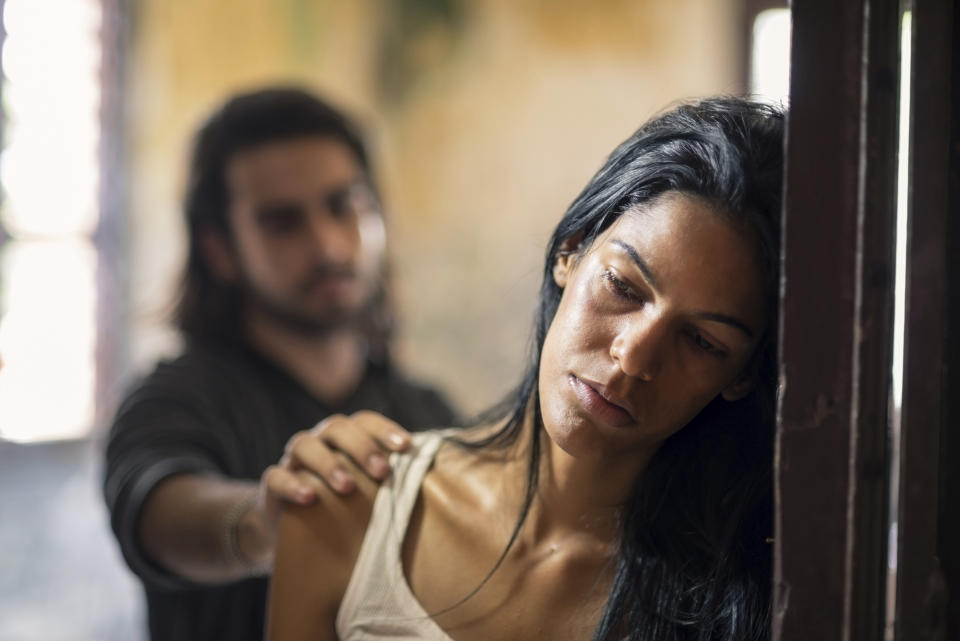
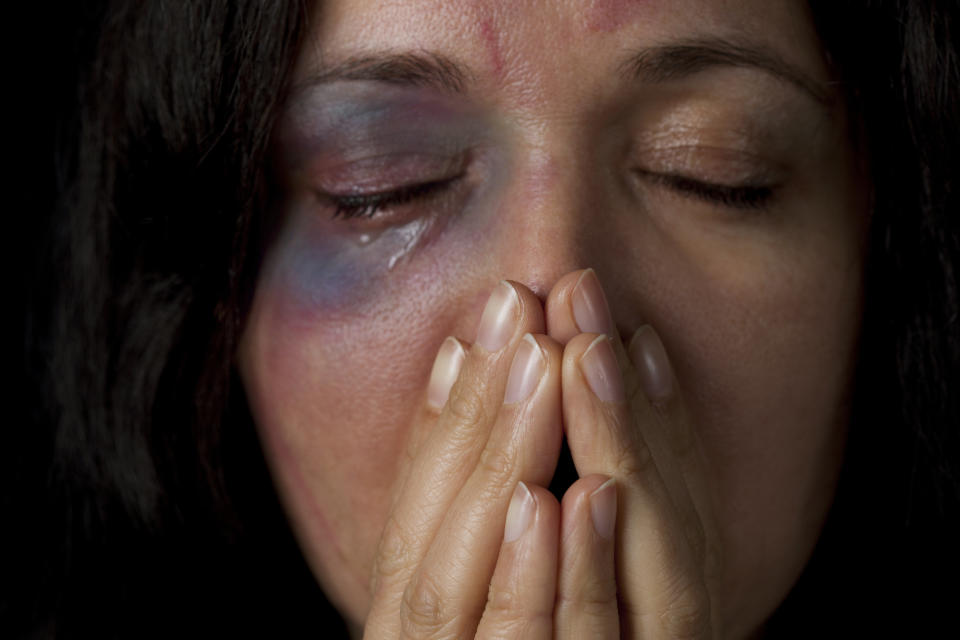
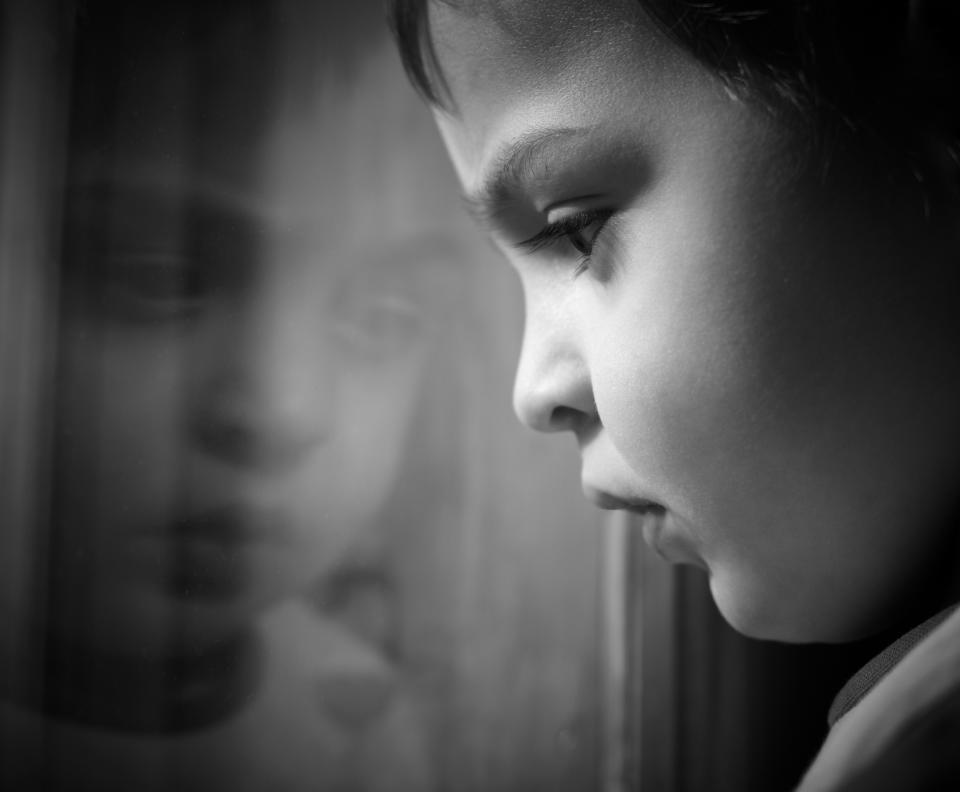
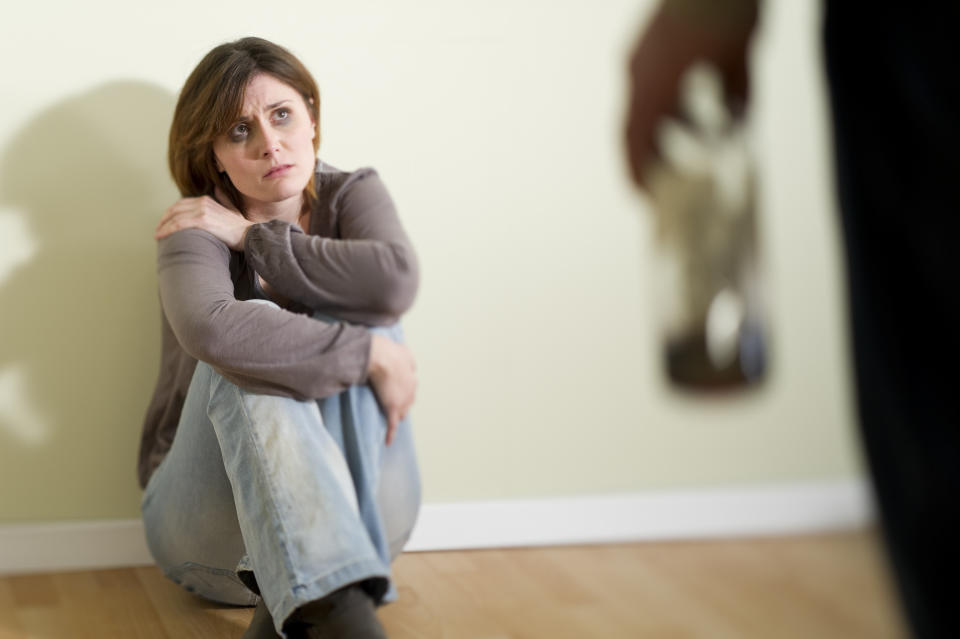



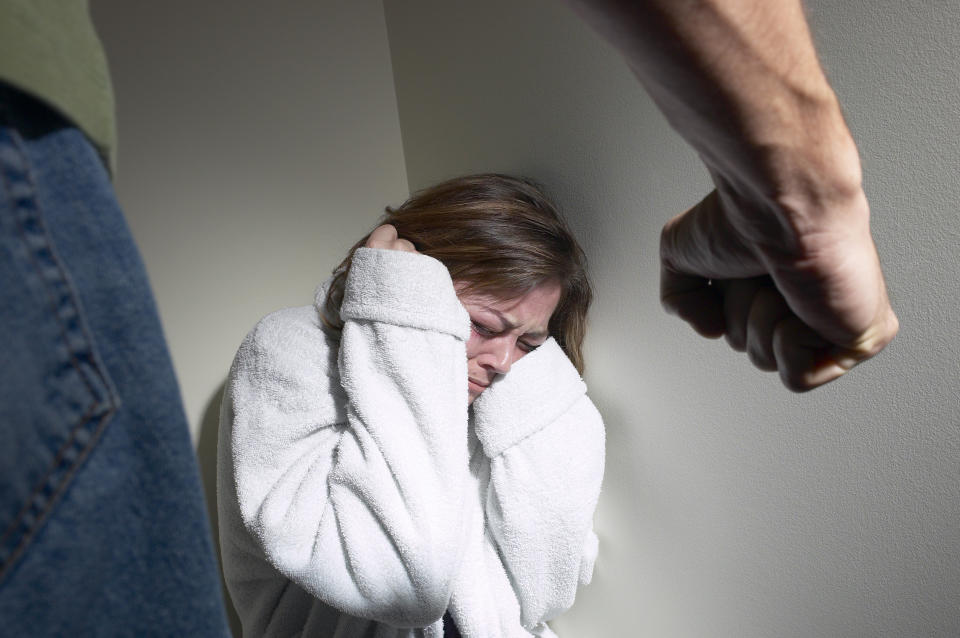
Love HuffPost? Become a founding member of HuffPost Plus today.
This article originally appeared on HuffPost.

